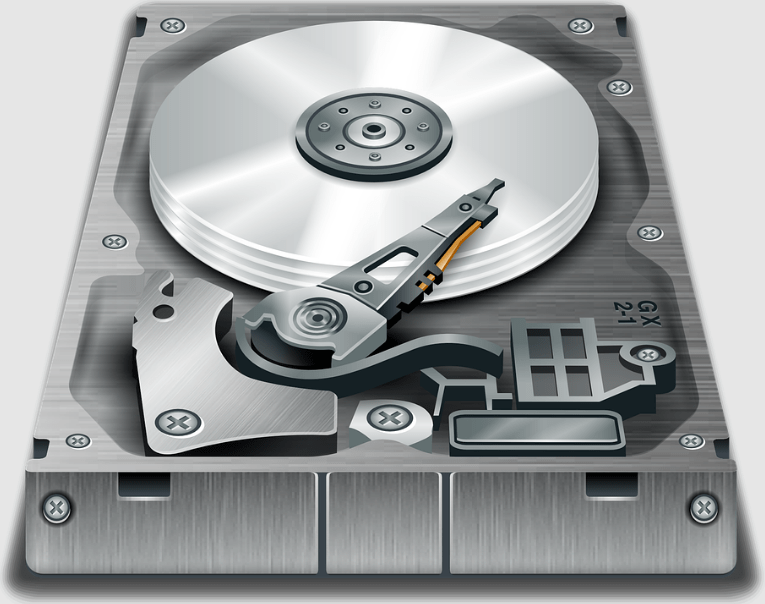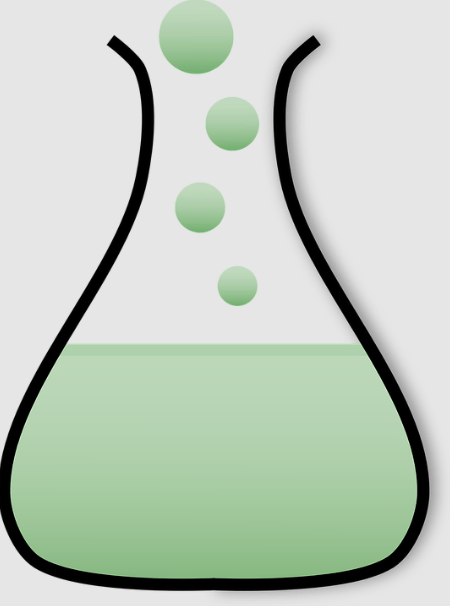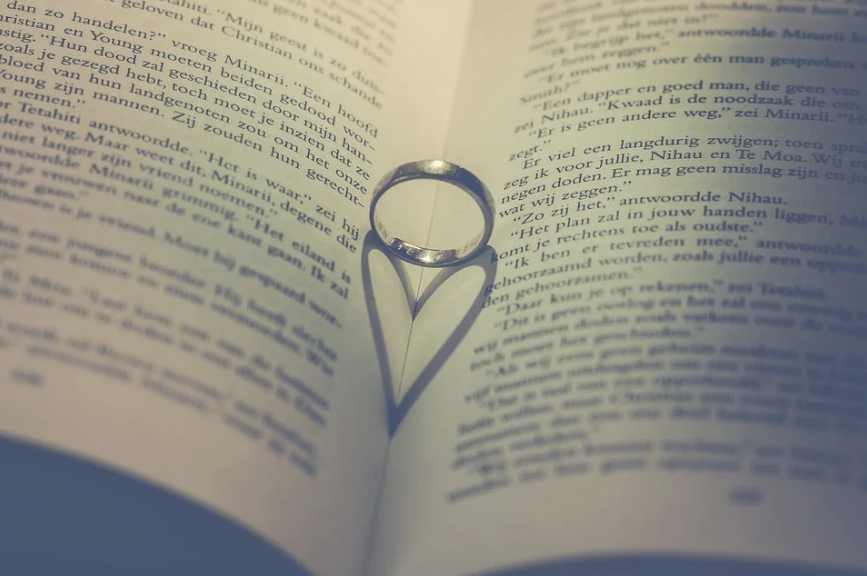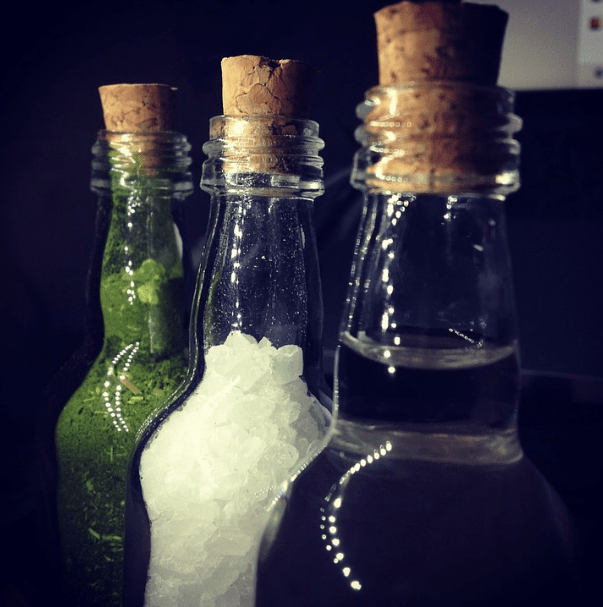Craftsmen today use almost every pliable metal they can acquire to satisfy the popular demand for jewelry. Jewelry items falling in all sorts of pricing, quality, and design range are available in the market. However, the market is also filled with fraud and counterfeit jewelry. Therefore, to avoid becoming a victim of false pricing and labeling, buyers need to be able to recognize the difference between fake and real metals used to make jewelry.
Commonly used metals when making lasting jewelry items are gold, silver, platinum, and titanium. Mentioned below are a few tips and tricks to help you identify the authenticity of these metals.
Gold
One of the most precious metals used in jewelry is gold. With the increasing demand for gold, the market is filled with counterfeits as well. Here is how you can identify the real ones.
Check for Hallmarks
Hallmarks are small stamps made on jewels made of precious metals like gold, silver, and platinum after being tested by an assay institute. They help inform buyers about the purity percentage of the metal along with other important aspects to avoid fraud. Since 1998, it has become compulsory globally for all precious gold jewelry items to have at least three certification hallmark stamps.
- Assay center mark: Stamp of the lab where the metal got its purity tested and confirmed.
- Jeweler/sponsor: The initials of the jeweler or sponsor who sent the metal jewelry for testing.
- Purity of metal Stamp: This stamp tells about the percentage of gold used in the jewelry.
Different types of gold jewelry have different stamps depending on the metal and its share in the final product. A 10 karat gold item is marked as 416, 417, 10kt, or 10K. A 14 karat gold jewelry piece is marked as 585, 14kt, or 14K. An 18 karat piece is stamped as 750, 18kt, or 18K.
Magnet Test
A magnet test is a convenient way to test for pure gold. Pure gold is a metallic element but it is not magnetic. Instead, it is defined as diamagnetic which means it has a tendency to become magnetized. All you need is a strong magnet and the jewelry that you want to experiment on.
Place the magnet near the gold jewelry and if it gets attracted toward the magnet, your jewel is an imitation. If you’re using a strong magnet or the jewelry is too small compared to the magnet, there is a chance that the ornament will repel the magnet due to its diamagnetic nature.
Perform a Vinegar Test
The vinegar test is one of the easiest ones and can be performed at home. Use a dropper to add a few drops of vinegar to your jewel. If there is a slight alteration in the color of the jewelry, it is for sure artificial because real gold does not react with vinegar which means that it does not tarnish. Most likely, if you have a fake gold piece, it will turn black / green, or in some cases, it may also start to smoke while a real one will not.
Try the Float Test
Gold is denser than water so a float test can be performed to check whether or not your gold is authentic. Take a container, fill it with water, and then place your jewelry in it gently. If the jewel floats then it’s fake, but if it sinks, then it’s real gold.
Here is how you can take care of your gold jewelry – How to Take Care of Gold Jewelry?
Silver
A cheaper alternative compared to Gold but still stands as one of the most important metals when making jewelry. You can identify the authentic silver from the following tests.
Hallmarks
Just like gold, silver also needs to have a minimum of three hallmarks. Silver’s purity is stamped as 925 or 950 based upon the percentage share of silver used in the final jewel. 925 stamp indicates that there is 92.5% silver alloyed with 7.5% copper and 950 indicates that the metal is 95% pure silver mixed with 5% alloy.
Magnet test
For this experiment, you will need a strong magnet – something like neodymium magnets. These magnets are usually more expensive than ceramic magnets but if you have an old, unused, or broken hard drive, you can get 2 of these magnets from there.
To perform the test, hold up your neodymium magnet above the silver, and move it sideways. If the jewelry gets attracted or tries to repel the magnet, it is not real silver. Authentic silver has a diamagnetic property which means that in presence of a strong moving magnet the silver will not attract or repel the magnet. Instead, it will move in the same direction as the magnet.
Ice Cube Test
Silver has high thermal conductivity. An easy way to test your silver is to place an ice cube on a flat surface of the metal. In case the metal is genuine, the ice will melt faster than it would have at room temperature. You can try this experiment by having two ice cubes in the same room with one having silver on it and the other not having any silver.
Acid Test
For this test, you will have to risk the beauty of your jewel. Therefore, we recommend you do not use it on pieces with sentimental value. Scratch or file a small area of your jewel, preferably on the back of your piece to avoid it being seen. Using a dropper, carefully add a few drops of nitric acid onto the scratched area. Leave it as it is for 5 to 10 minutes. In case the metal has changed its color to a white/cream tone, it is real silver but if it has turned green, it means that your metal is fake or just silver plated.
Platinum
Platinum is expensive which is why not many people wear jewelry made out of it. For those that are getting it, you should consider the following aspects to see if it is real.
Hallmarks
Like all precious metal jewels, platinum also requires being stamped for its purity standards. The job is done by an assay office along with the assaying center and jeweler/sponsor stamp. Genuine platinum is stamped as PLAT or PT with either 950 or 999 depending on the purity of the metal. 999 is the purest form of platinum available containing 99.9% platinum.
Acid test
This is a destructive experiment so we recommend you use a small piece of your jewel or use a scratch stone to get a small sample. For this experiment, you will need aqua regia, a beaker, a sample of your metal, and latex gloves to avoid any mishaps. Drop your platinum jewelry into the acid and wait for a few hours. If the metal gets dissolved in the acid, it is pure platinum. For the starched content of metal, use a dropper to add a few drops of acid onto the metal and wait for it to react.
Suggested Reading – White Gold or Platinum?
Titanium
Titanium is mainly used to create rings. Having the highest strength-to-weight ratio can be easily identified in the following ways.
Price
Titanium is not considered a precious metal and therefore is not hallmarked. This makes titanium cheaper than precious metals but because of its strong nature, it is used to make lasting jewelry pieces like men’s engagement or wedding rings. A titanium ring would cost you something between 100 to 200 dollars depending on its quality, craftsmanship, and design.
Magnet test
Titanium is classified as a paramagnetic metal. Moving a magnet over a titanium piece of jewel will display a minor Lenz-Effect. This proves that the metal can be moved by the presence of the magnetic field without actually touching the magnet.
Visual inspection
Titanium is one of the hardest metals in the world hence it is dent and rust-resistant. A simple and easy way to test your metal is to look for dents or deep scratches on the item under bright light.
Saltwater test
Place your titanium jewel into a container filled with lukewarm salt for a few hours. If the jewel shows even the slightest sign of corrosion, the metal is not real. Titanium is extremely durable and does not corrode or decolorize.
Conclusion
All the tips mentioned above will give a fair idea about your jewelry’s metal but to know exactly how much authentic metal has been used you can visit an expert jeweler and get your jewels tested by them. Do try out these tests at home but make sure that you are having the protective equipment with you to avoid any mishaps.








